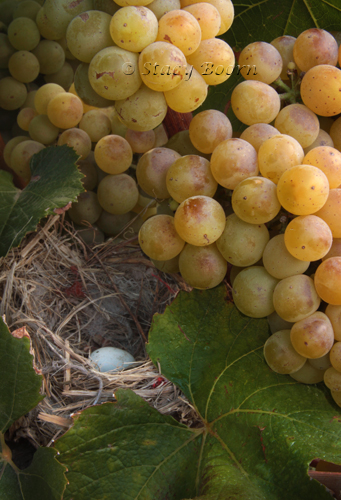 One of the things I love about the artist Andy Goldsworthy is that nature seems to be both his canvas and palette. Not to mention his creative playground. It is with respect and gratitude to the earth that he uses her elements to construct his vision. Ice, drift wood at low tide, leaves moving in a stream are among the many things that Goldsworthy fashions into temporary art, standing until the tide or sun moves them along into a new location.
One of the things I love about the artist Andy Goldsworthy is that nature seems to be both his canvas and palette. Not to mention his creative playground. It is with respect and gratitude to the earth that he uses her elements to construct his vision. Ice, drift wood at low tide, leaves moving in a stream are among the many things that Goldsworthy fashions into temporary art, standing until the tide or sun moves them along into a new location.
Andy Goldsworthy is a British sculptor and photographer, an artist who produces site-specific sculpture and land art situated in natural and urban settings. He lives and works in Scotland although he is often seen on location right here in the Bay Area! For his ephemeral works, Goldsworthy often uses only his bare hands, teeth, and found tools to prepare and arrange the materials; however, for his permanent sculptures he uses tools and machines and sometimes cranes and other people.
 Most of us tend to bend down and pick up a colorful leaf, sparkling pebble, a floating feather or fallen pine cone. Sometimes we just examine the object with every sense available to the task. But other times we can’t resist taking it with us, providing there is no sign prohibiting it.
Most of us tend to bend down and pick up a colorful leaf, sparkling pebble, a floating feather or fallen pine cone. Sometimes we just examine the object with every sense available to the task. But other times we can’t resist taking it with us, providing there is no sign prohibiting it.
Some nature and outdoor photographers boast that they create images with things in their found positions and never confess to placing the red maple leaf on a rock in a fast moving stream. I find that the earthen canvas is also my playground.  If you can’t take the pebbles with you, why not move them on location into particular compositions, even corny ones like this outline of a heart of white pebbles in a group of black ones. I enjoy gently running my hands over stone ledges and the curve of beach boulders; connecting with their distinctive energies is mystical and cathartic.
 Keenly looking at everything, you may come across hidden treasures waiting detection. When I focused in on some white grapes nestled against their corpulent vine I noticed a tiny bird’s nest no more than three inches in diameter. In the nest was a little egg not much larger than the surrounding wine grapes. Although these small items appear close together, you need lots of depth of field to render both subjects in focus by using a very small aperture opening. I chose f/22. Another method would have been focus stacking.
Keenly looking at everything, you may come across hidden treasures waiting detection. When I focused in on some white grapes nestled against their corpulent vine I noticed a tiny bird’s nest no more than three inches in diameter. In the nest was a little egg not much larger than the surrounding wine grapes. Although these small items appear close together, you need lots of depth of field to render both subjects in focus by using a very small aperture opening. I chose f/22. Another method would have been focus stacking.
If you haven’t viewed the 2004 documentary “Rivers and Tides†about the work and person of Andy Goldsworthy I suggest you look it up. It is timeless!
